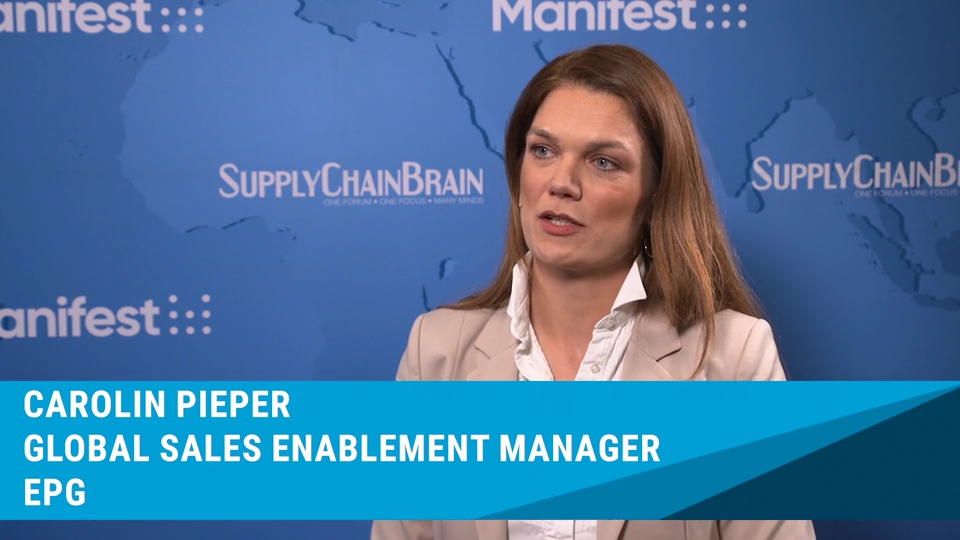Carolin Pieper, global sales enablement manager at EPG, discusses digitization, artificial intelligence, driver shortages, e-vehicles and the evolution of estimated time of arrival (ETA).
The most fundamental change in logistics has been the move from manual processes to digitization, in Pieper’s view. Of course, AI is very much on people’s minds, as their companies are pressured to make operations more efficient. Route optimization is Pieper’s specialty, and she has seen the practice go from a highly manual process to one that’s greatly automated.
The variables to account for in routing include time windows, fleet capacity, vehicle types, driver skills, traffic congestion and fuel consumption. That extremely complex task has benefited enormously from the use of sophisticated tools to get the efficiency gains needed to remain competitive.
At the same time, trucking has seen an outflow of aging drivers with not enough talent entering the workforce. “What we see is that the job isn’t that attractive anymore,” Pieper says. Aside from offering incentives to job prospects, technology can be used for such tasks as checking tire pressure so that drivers can concentrate solely on their core job of driving.
Aside from reducing fuel consumption, Pieper emphasizes, technology can reduce the number of trucks a company needs in the first place. That’s important in Europe, where EPG is based. There, she says, sustainability is a top priority in logistics. That’s why companies are electrifying their fleets or utilizing hybrid vehicles.
“We see that micro hubs are coming, especially in urban areas, and we also see the use of alternative fuels,” Pieper says.
She says sustainability initiatives aren’t just imposed by governments. “Companies want to cut emissions, because if you have an electric fleet, it’s cheaper to refuel, so you have cost savings. Going green and being sustainable, it’s not just about CO2, but also about reducing costs.”



